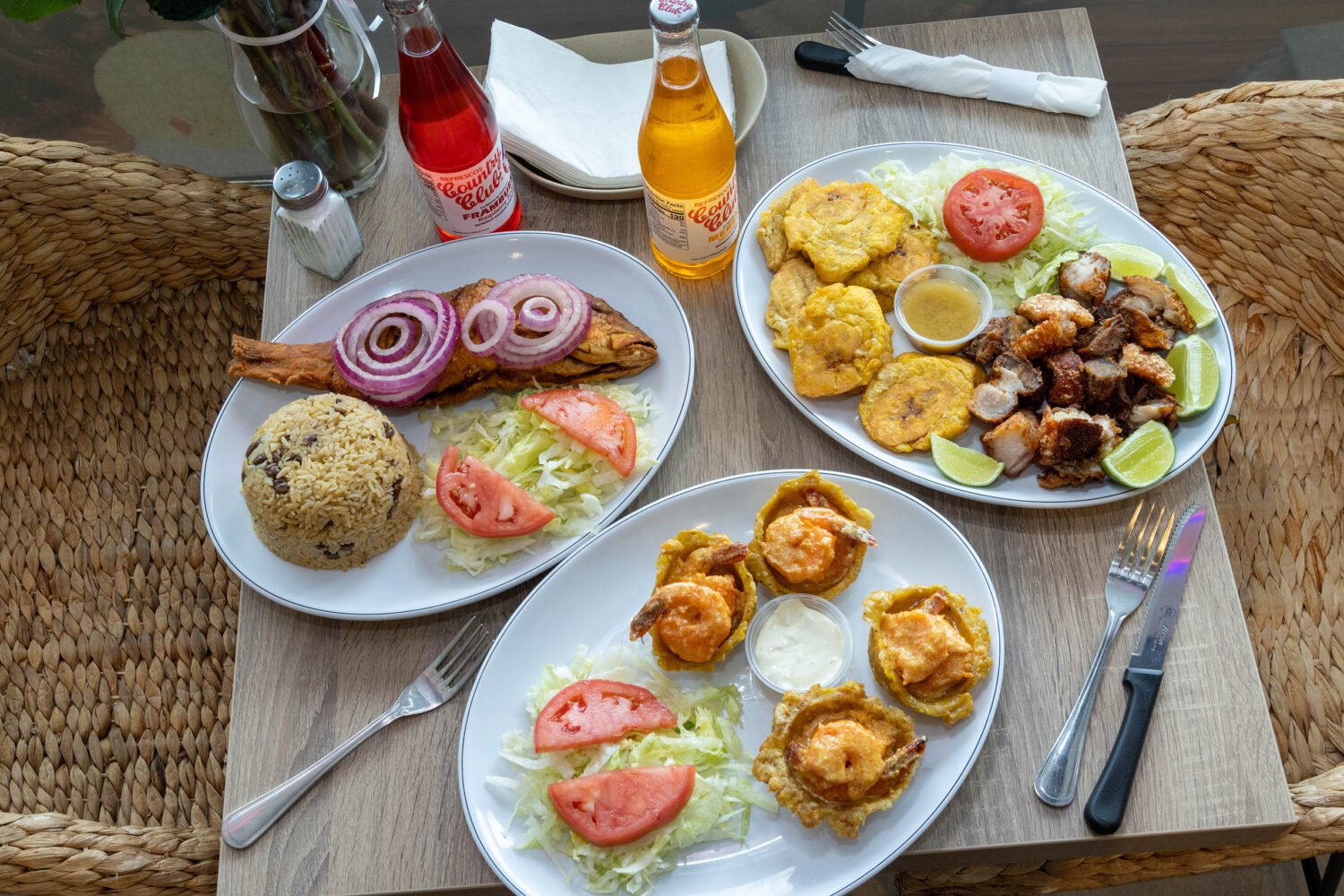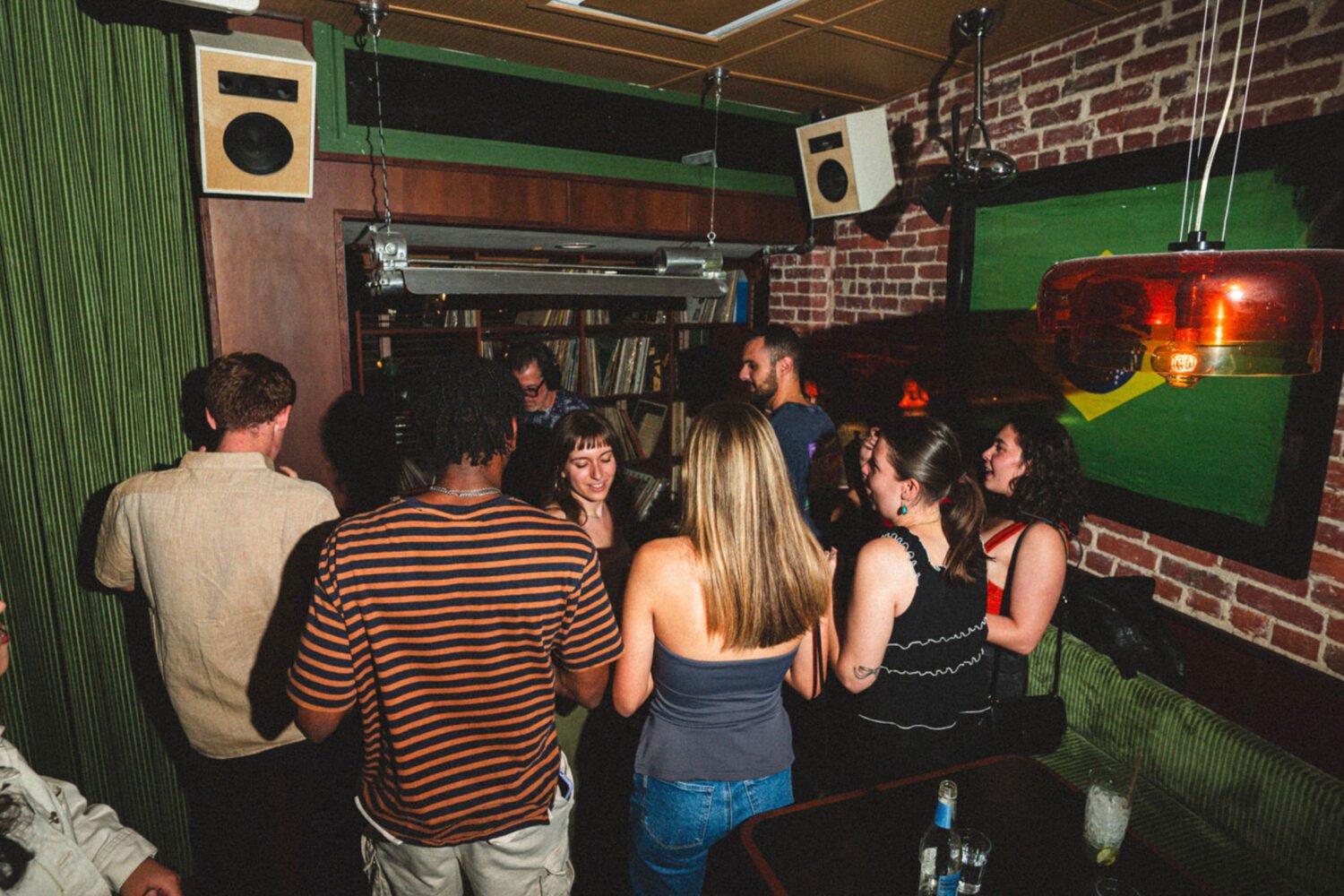If you want to order a glass of wine or grab the check in the lobby lounge of the new AC Hotel in downtown DC, you don’t need to wave or shout across the room to get the staff’s attention. Instead, you push a button at your table, and your server is summoned via a vibrating, light-up smart watch.
“Last night we were full, standing room only, and these devices really help with our attentiveness,” says Jack Hancharick, the Food & Beverage Director for OTO Development (the hotel’s owner and management company). In theory, the buttons make everything more efficient. Want to close your tab? Press the “check” button, and the server can bring it straight over. No need for her to stop at the table and then go back to print the bill out. Precious seconds saved. No mind-reading necessary.
At the bar at the new AC Hotel in downtown DC, you can call your server with a button and she gets a ping on her smart watch pic.twitter.com/bTZzDfyB7A
— Jessica Sidman (@jsidman) February 1, 2020
But when I shared the call button system on social media recently, it was instantly polarizing. Some found it convenient and cool. Others declared it impersonal and dehumanizing. One called it “the equivalent of shaking an empty glass with ice in it to get your servers attention.” Another dubbed it “modern slavery.”
“This is disgusting and a complete betrayal of the idea of hospitality and service. I am nauseous just looking at this,” wrote bartender Zac Hoffman. “Might as well replace the human with an iPad and just cut out the middle man.”
Someone else likened the technology to the tracking devices put on delivery vans to monitor drivers’ bathroom breaks—”how horrifying.” Another compared it to the call buttons on airplanes: “Exactly the fine dining memory you want to trigger.” The whole idea seemed particularly unpopular with those who work in the hospitality industry:
https://twitter.com/Jessicanunot/status/1223571640237215749
Proponents, on the other hand, countered that using technology to streamline service doesn’t mean customer service disappears. Plus, “seems like a good thing for deaf workers and patrons?” one tweeter noted.
Being able to push a button and get my check is my dream. Have been thinking of this for years. When I’m done, I’m done. And that table can be turned. https://t.co/lsrfVi5rer
— Tammy Gordon 🦩 (@Tammy) February 1, 2020
It’s by no means a new idea. The system is already in use at four other locations of the AC Hotel, a European Marriott brand. Meanwhile, many Korean barbecue joints and Japanese izakayas, for example, also use call buttons (though not typically with corresponding watch). Other restaurants, like Chili’s, have experimented with tablets on every table that allow diners to bypass speaking to humans altogether.
At the AC Hotel, Hancharick says they did have to sell the system to their staff initially: “At first they kind of looked at the watches and [said], ‘Oh, we’ve got to do this?’ So then we explained the why, how it’s going to help them make their job easier. And now that they have it, they love it, because it helps them give better service.” Although he doesn’t have the hard data, he says it’s likely that in turn helps with better tips.
Hancharick says he hasn’t personally heard any negative comments from employees or guests. “All I’ve heard is, ‘Oh, this is pretty cool.'” And for the most part, people haven’t abused the buttons, although “there have been one or two times where people press it and press it and press it until you get there.”
On a recent visit, my table had the opposite issue. We were hesitant to press the button at all. We didn’t want to to be like those pushy people who annoyingly ring the concierge bell too many times.
But we’d been waiting a long time for our second round of drinks—too long—and it was nearing time for us to leave. Maybe they’d forgotten our drinks… So we pressed the button.
Our server came right over. We cancelled the order, and she promptly brought over the check. The button may have gotten us quick service, but it didn’t get us our drinks.












